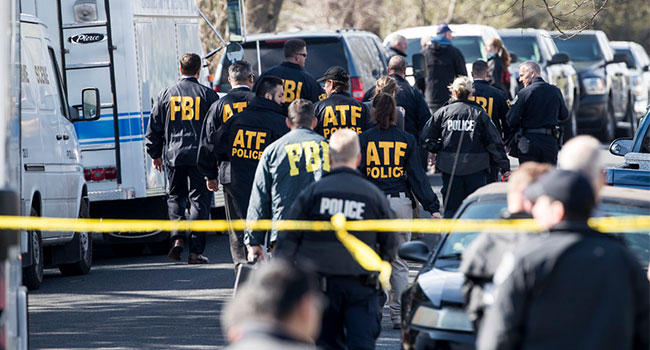
Austin Bomber Deceased After Police Tracked Him Down
The suspect in the Austin bombings detonated a bomb in his car as officers closed in.
- By Sydny Shepard
- Mar 21, 2018
The suspect in the Austin Bombings is now deceased, according to police, after authorities tracked him to a hotel in Round Rock, Texas, just outside the city of Austin.
Around 2 a.m. Wednesday morning, police followed the suspect, identified as a 24-year-old white male, on Interstate-35 and as they closed in on him, the suspect to detonated a bomb in his vehicle killing himself and knocking an officer back. On officer fired his gun and due to standard policies was placed on administrative leave. No one but the suspect was wounded in the explosion.
While police believe the suspect has been neutralized, they are still warning residents in Austin to be vigilant and alert. Austin PD said they do not have any information on where the suspect has been in the last 24 hours and it is likely he left some devices behind. Police were also careful not to confirm if the suspect worked alone or had help.
"As a community, we're just really relieved and just incredibly thankful for this army of law enforcement that has been in our community for the last week or so," Austin Mayor Steve Adler said on "Today."
The capitol city has been on edge for three weeks as several package explosions plagued residents, the latest on Sunday night when two people were injured after riding their bikes past a suspicious package on the side of the road. Police warned residents that the devices were becoming more sophisticated and to call 911 if they saw a box, bag, carton or other storing equipment that seemed suspicious.
Scores of law enforcement helped with the case in Austin as well as in the surrounding areas. The FBI sent 350 special agents to Austin as well as extra bomb squads. Personnel with the Bureau of Alcohol, Tobacco, Firearms and Explosives were deployed to Austin to help, too.
Photo by the Austin Statesman.
About the Author
Sydny Shepard is the Executive Editor of Campus Security & Life Safety.